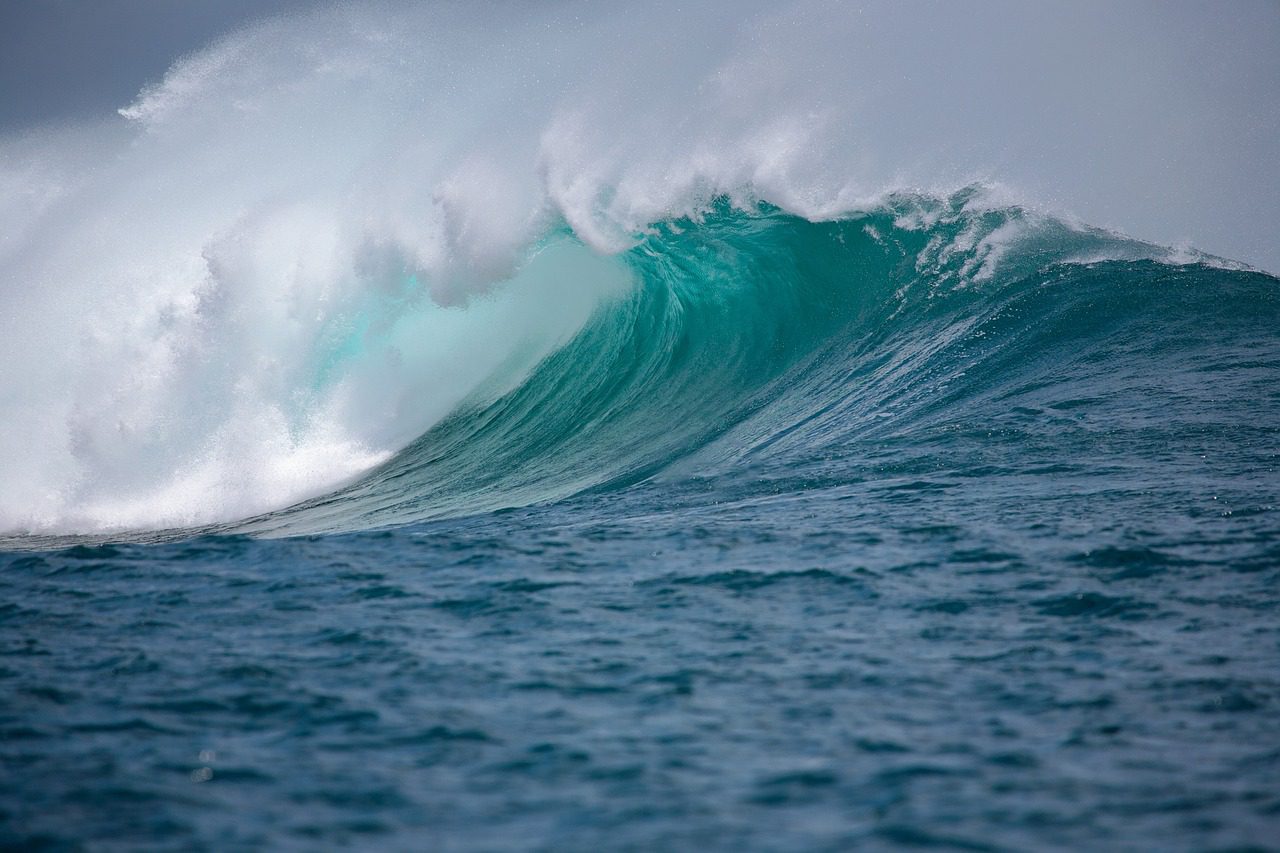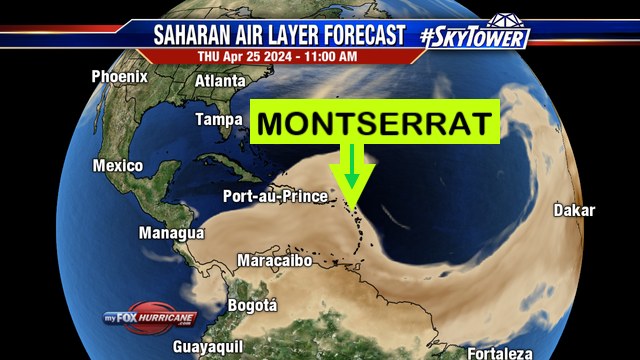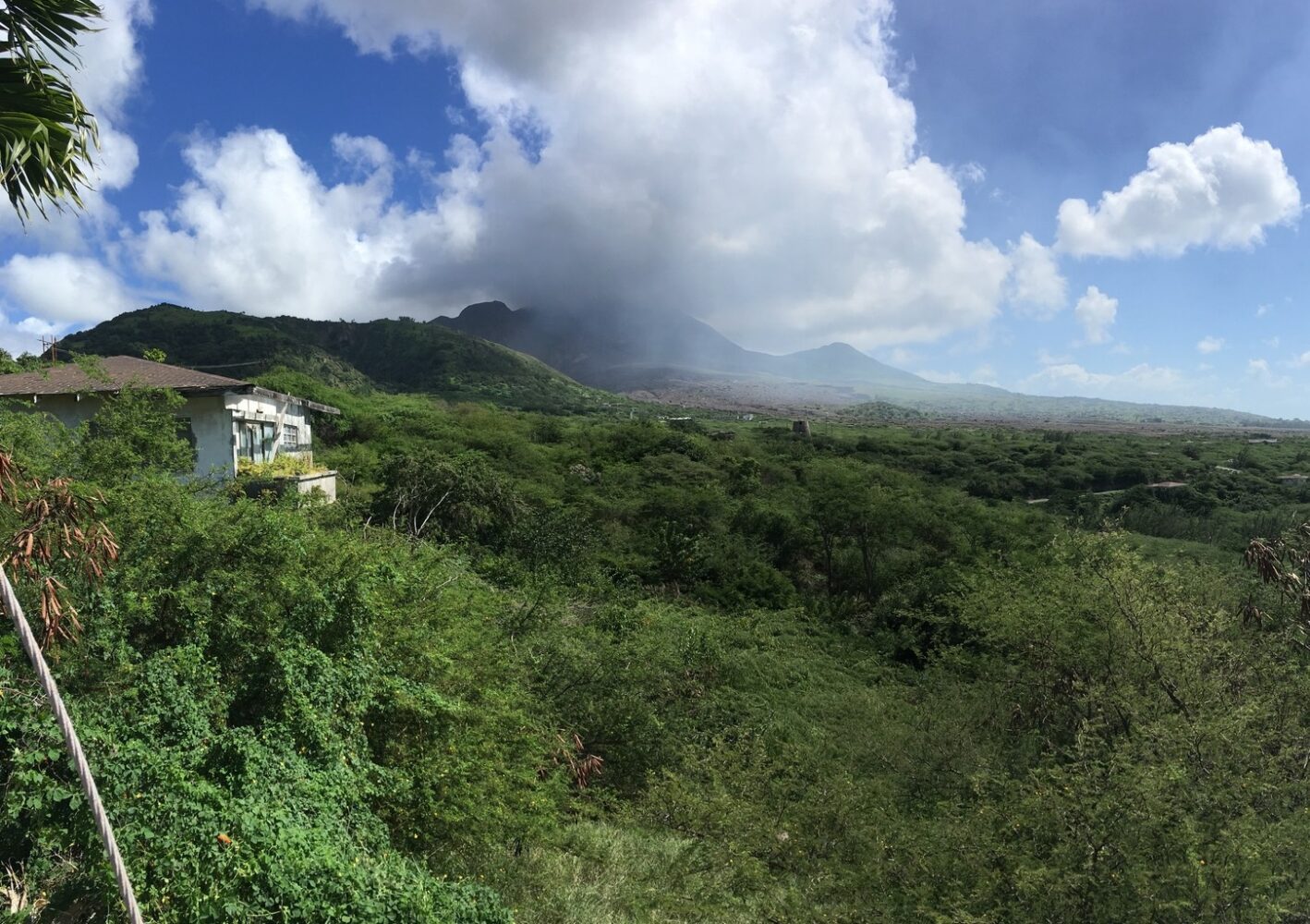A high surf advisory has been issued for Montserrat’s north-facing coastlines, with risks of hazardous swells, dangerous rip currents and coastal flooding.
Waves could reach heights of up to 11 feet, posing serious risks to life, property, and local marine activities.
The Antigua and Barbuda Meteorological Service urges residents and beachgoers to stay vigilant and heed safety warnings until the advisory lifts on Sunday, 3 November.
Issued at 8.15am on 31 October, the advisory also affects Montserrat, Antigua and St Kitts and Nevis.
The most likely impacted areas include reefs and exposed northern and north-facing coastlines with relatively shallow, gently to moderately sloping, nearshore areas.
Moderate long-period swells are expected to create hazardous conditions, with swells between five to seven feet, life-threatening surfs of six to 10 feet, and rip dangerous currents.
Additionally, high tides combined with onshore wind and swell action could result in localised coastal flooding and beach erosion.
The threat to the life, livelihood, property and infrastructure of those using the affected coastlines is moderate, with the potential for significant impacts.
The Antigua and Barbuda Meteorological Service warns that swimmers and beachgoers risk injuries and being carried out to sea, while spectators could be knocked off exposed rocks and jetties.
These conditions may also result in sea water splashing onto low-lying coastal roads, beach closures, localised disruptions to marine recreation and businesses, and financial losses.
There is also potential for damage to coral reefs, as well as saltwater intrusion that could disrupt potable water supplies from desalination.
Beachgoers, particularly those on the most affected coastlines, are urged to exercise extreme caution and only bathe win areas with lifeguards present or on the sheltered beaches, mainly to the south.
Extreme caution is also required by those using the affected non-beach or rocky coastlines, the advisory says.
Rip currents are powerful channels of water that flow quickly away from shore, often occurring at low spots or breaks in the sandbar and near structures such as groins, jetties and piers.
The meteorological service advises anyone caught in a rip current to relax and float instead of swimming against it.
“If able, swim in a direction following the shoreline. If unable to escape, face the shore and call or wave for help,” it adds.





